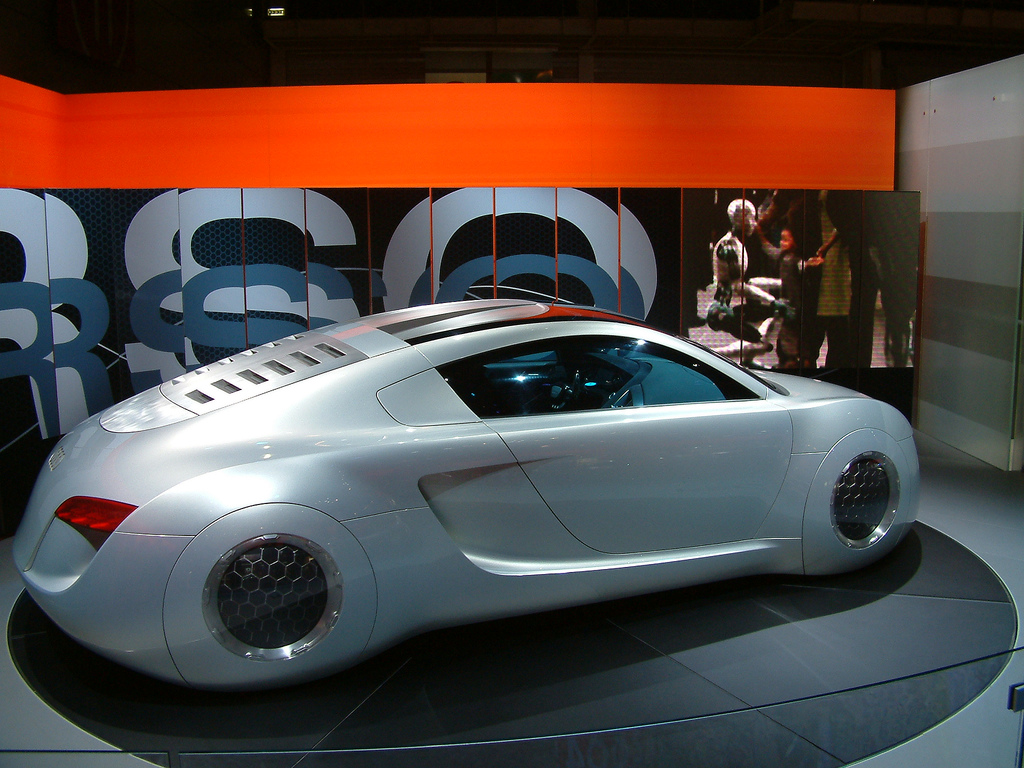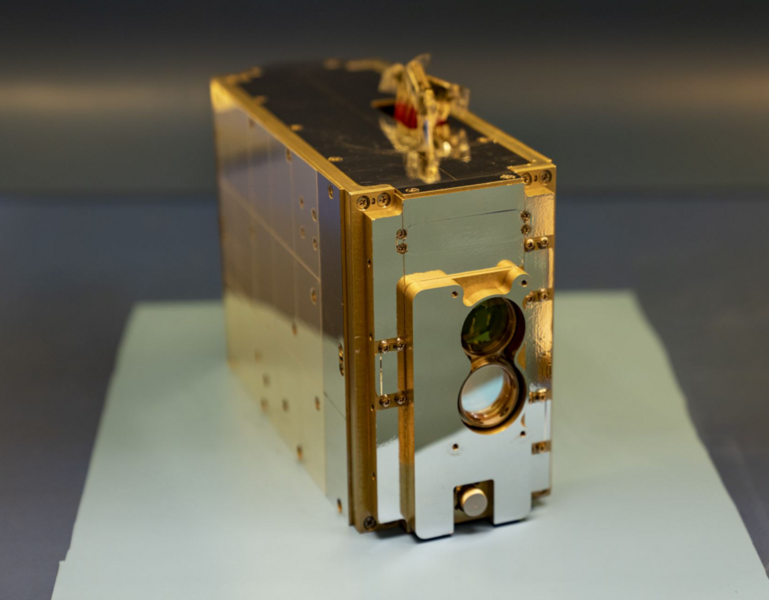According to Prime Research, new technologies are now rapidly transforming the automobile industry. With new 3D modeling technology, engine simulation software, new sensors for data acquisition, and the rise of electric vehicles, the car culture will soon look nothing like it did 10 years ago. Add to this the imminent availability of cheap fuel cells and the potential for hydrogen powered cars.
A recent Prime Research Market Intelligence Management Survey summarizes key changes currently taking place in the automotive world, and these are summarized below:
Connectivity
Cars will be connected with each other and with autonomous systems on the roadside or even in the road. This will lead to new safety features and driver assistance systems to help avoid crashes and to react when drivers are dozing off or distracted. These include break assistants, blind spot detection, pedestrian detection, and more. Autonomous driving is another “connected” technology that will use GPS systems and smart software to allow passengers to safely ignore the road. Finally, smartphones will be integrated into all of an automobile’s computer systems in order for the driver to monitor the automobile but also to find entertainment through new infotainment systems.
Smart Efficiency
Smart efficiency and e-mobility technology will allow stricter emission standards to be implemented more easily. This will reduce the impact of oil prices on the cost of operating a vehicle. As EV’s become more common and have better range, less expensive batteries, quicker charging, and a widespread availability of charging stations, the efficiency of automobiles will rapidly improve.
Shared Mobility
Shared mobility refers to the use of services such as Uber and Lyft (US), Kuaidi (China), Ola Cabs (India), GrabTaxi (Southeast Asia), and others. New technologies, some of which are already in use by Zipcar in the US, will allow time-limited access to automobiles, for example.
The following video shows the amazing “Cars of the Future”:







